Daylight hours required for tomato seedlings and additional lighting time
Lighting for seedlings is one of the most important conditions for effective growing of young tomatoes. Daylight hours for seedlings should be about 12-15 hours, so many vegetable growers are engaged in supplementary lighting. Before growing tomatoes, it is recommended that you familiarize yourself with how to arrange a place for seedlings to germinate and what kind of LED seedling lamp you can use.
Why highlight seedlings
Most tomato varieties have a fairly long growing season. That is why they are planted in the middle of winter, when the duration of daylight hours is still too short. In order for such plants to fully develop, special lighting is made for seedlings. With its help, you can maintain an optimal light regime in winter.
If you refuse additional illumination of seedlings, then certain problems may arise during cultivation. Due to the insufficient amount of light, the stems of the tomato seedlings begin to stretch out. Over time, elongated internodes appear on them.
This is due to the fact that in low light, the process of photosynthesis begins to slow down in the bushes. If you do not start highlighting the seedlings in a timely manner, it will start to hurt.
Duration and amount of additional lighting
To figure out how to properly illuminate the seedlings, you need to determine the amount of time the bushes are illuminated. Daylight hours for tomatoes should be at least 12-15 hours. At the same time, even those plants that are located at the southern window need to be illuminated in winter.
The lamp should turn on at about six in the morning and burn until eight in the evening. In the daytime, the lighting can be turned off, as there should be enough sunlight. It is best to turn it off at lunchtime, when it is brightest. In order not to think about when to turn off the light, you can purchase lamps with automatic lighting timers installed. With their help, you can turn on the lighting for 5-7 hours, after which the lamp turns off itself.
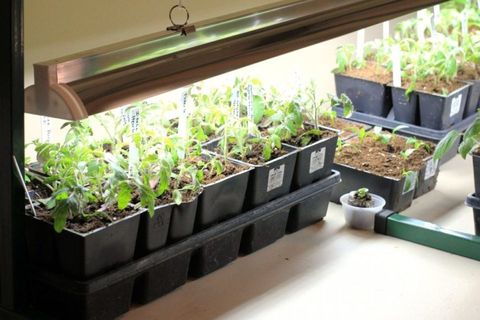
Having decided on the optimal duration of supplementary lighting, you should figure out how much light is needed for tomato seedlings. After all, this also matters during cultivation. Tomatoes need illumination of 25-45 thousand lux. It is simply impossible to achieve such an amount of light without additional lamps, since in winter this figure on the windowsill is about five thousand lux.
Key recommendations
To make illumination for seedlings with your own hands, you need to familiarize yourself with the basic recommendations that will help you properly equip the lighting:
- You should not engage in round-the-clock supplemental lighting, as this is simply not necessary. Tomatoes need a night's rest, which should last at least five hours. This is necessary so that the bushes can fully develop. During rest, they process everything that has been accumulated by the leaves during daylight hours. If the plant is not allowed to rest, then over time they will begin to experience a deficiency of nutrients. Because of this, the leaves will begin to turn brown and deform.
- It is necessary to increase daylight hours very carefully. For more fruit, the lighting time can be increased to 20 hours. However, you need to be prepared for the fact that such a cultivation will consume a lot of electricity.
- To illuminate a square meter of tomato seedlings, lamps with a power in the range of 200-450 watts should be used. It is not recommended to place such lamps too close to bushes, as this can lead to overheating of the plants. They need to be installed at a height of about one and a half meters above young shoots. Luminaires emitting cold light can be placed at a height of 50 cm.
- It is recommended to regularly wash the windows during cultivation, especially in winter. This can increase the amount of light in the room by 5-10%.
Lamp selection
To organize additional lighting with your own hands, you need to choose a suitable lamp for tomatoes. There are several of the most common luminaires that can be used for this.
Sodium lamps
Such additional lighting is often used when growing tomato seedlings in greenhouse conditions. The light temperature of these lamps is 2000 K. This indicator is the most optimal for tomatoes, since such light has a positive effect on the growth of young seedlings. Sodium lamps are distinguished by their proximity to the red part of the spectrum, which helps to support many of the life processes of the bushes.
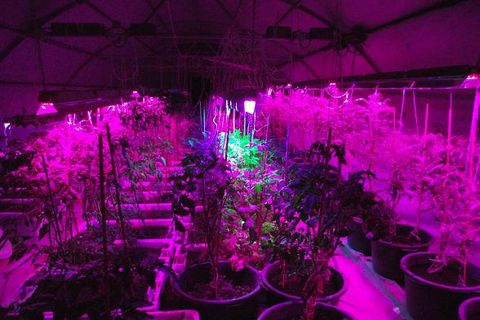
Another advantage of sodium lamps is that their light is very pleasing to the human eye. After all, these are the lamps used for street lighting. However, they also have certain disadvantages, which include:
- Bulky. Such lamps are equipped with very large bulbs and therefore it is not easy to install them with your own hands. Due to their large size, some vegetable growers cannot use them on their windowsills.
- Complexity of installation. Sodium lamps are definitely not suitable for people who do not want to spend too much time installing them. To connect them, you will have to use special impulse-incendiary devices and a choke. Therefore, to establish them, you need some experience.
- Electricity consumption. With the help of such lamps, it will not be possible to save electricity, since they consume more than one hundred watts.
Fluorescent lamps
This type of lamp is also quite often used to illuminate young tomato seedlings. It is recommended to choose products in which the light temperature is in the range of 4000 - 5500 K. These indicators are most suitable for tomato bushes.
The main advantage of fluorescent lamps is their economy. Therefore, they are suitable for those who do not want to spend a lot of electricity to illuminate the seedlings.

It is not so easy to use these lamps to illuminate seedlings, since during lighting, their light is highly diffused. To solve this problem, it is recommended to use special reflectors to help focus the light. Most often, white foil or whatman paper is used. They should be placed near the containers in which tomatoes are grown.
This will help direct the light to the growing plants.Lamps should be suspended above the seedlings using hooks or any other device that could be used to adjust the height. Some people install them on the windowsill, but this placement is less effective.
LED lights
In the past few years, LED lamps have started to gain popularity rapidly. Previously, they were rarely used to highlight tomato seedlings due to their high price.
However, over time, they have become more accessible to ordinary people. The light temperature of such lamps is in the range of 2500-6000 K, which is ideal for lighting tomatoes. Another advantage of the lamps is the variety of lighting colors. This allows you to choose the most optimal lamp for growing tomatoes. The rest of the advantages of LED lamps include:
- Small size. Due to its small dimensions, you can install such a lamp with your own hands on almost any windowsill.
- Life time. These fixtures can last for decades if used carefully.
- Energy savings. With such lighting, you can seriously save on electricity, since these lamps consume only 6 watts.
- Possibility to install several lamps with different colors. This allows, if necessary, to enhance one or another color spectrum.
Conclusion
It is quite simple to equip additional lighting for tomatoes with your own hands. To do this, you need to familiarize yourself with the length of daylight hours for tomato seedlings and the lamps that can be used for this. You also need to decide what kind of light is best for the tomato.
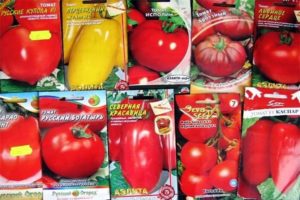
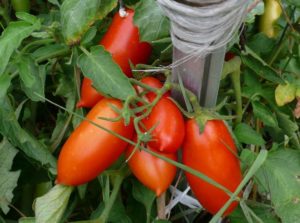

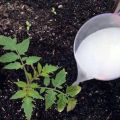

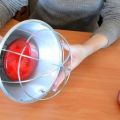

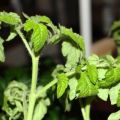
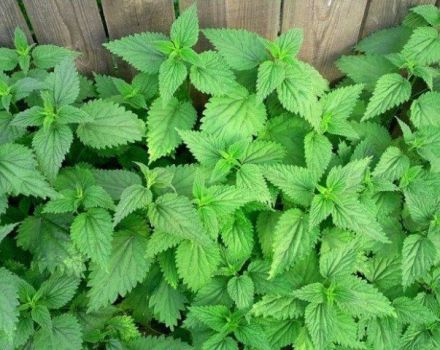
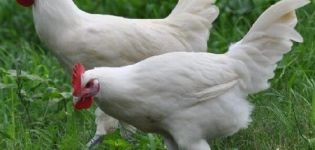
I have not yet planted seedlings this year, I think in January to do this thoroughly, while setting up the equipment, equipping the corner with fluorescent lamps that will go under my plants. The windows face south, there is enough light, only in winter it is often cloudy, you have to keep the lamps on. The only question is, what temperature should be in the room, where are the seedlings? How not to overheat or overcool your plants?